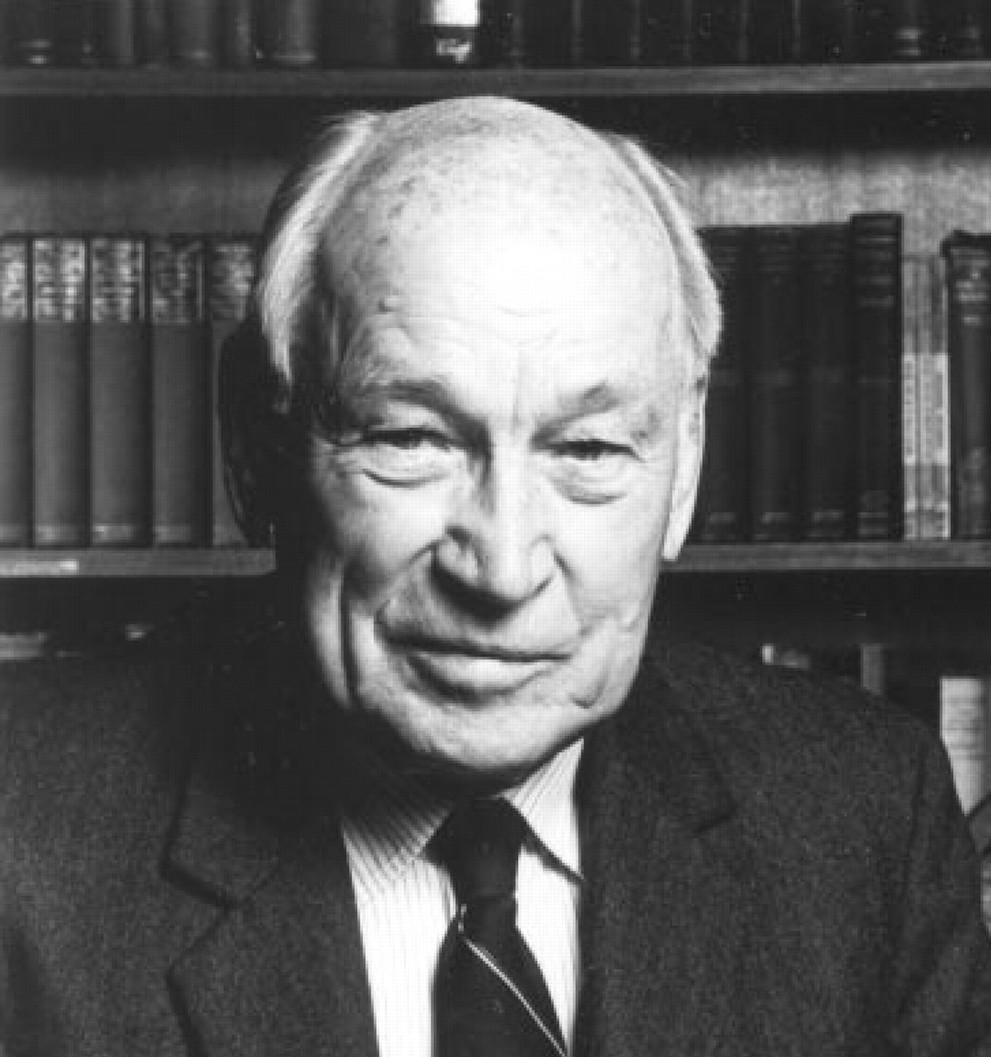A (very) Brief History of pH Measurements
pH = - log[H+]
The first publication of measuring pH of a solution was in 1909 by Danish chemist Sorenson. Some early applications of measuring pH were in the connection to food processing and safety, specifically how bacterial cultures change depending on pH. However, the determination of pH required experienced chemists and laboratory-based equipment.
Dr. Glenn Joseph's Problem and Call to Dr. Arnold O. Beckman
A former classmate and friend of Dr. Beckman’s from University of Illinois, Urbana-Champaign, Dr. Glenn Joseph, was working at the California Citrus Growers analyzing lemon juice extracts. The acidity of these extracts was an essential measurement to predict the quality of resulting lemon juice, but his tools for measuring acidity used very fragile glass electrodes, and the measurements took too long and were not accurate enough.
Dr. Joseph asked Dr. Beckman if he knew of a better method for measuring acidity of his complex samples, specifically:
- More robust glass electrodes
- Better signal amplification
- Field-portable, if possible
Dr. Beckman used the electronics knowledge he had gained from working at Bell Laboratories for two years to make a better signal amplifier, his glassblowing expertise as the son of a blacksmith to make a better electrode, and a novel instrument design for the accurate and reliable readout of the acidity of the solution on a dial. About a month later, he sent the “Model A” acidimeter to Dr. Joseph for testing, and he kept a replica in his laboratory to experiment with improvements.
Dr. Joseph called again a few months later requesting a second acidimeter because "someone else was always using the first one". If his friend needed two such devices, Dr. Beckman thought "well, there might just be a market for these things".
Dr. Beckman continued making improvements to his original design, and began investigating a potential market and customers for his new device.
Some Early Customer Feedback
The Start of National Technical Laboratories
In 1935, Dr. Beckman set up a small shop in Pasadena with students from his laboratory to make acidimeters, later called pH meters, and began showing his new instrument to other industrial chemists, placing advertisements in leading technical journals, and traveling across the U.S. by train with his wife Mabel to demonstrate this new instrument to potential buyers. The orders for instruments began pouring in, and Dr. Beckman had to choose between continuing his teaching career at Caltech and managing the growing business.

“At the time, leaving Caltech was a difficult decision to make as anything that smacked of commercialism was frowned upon.”
Dr. Arnold O. Beckman
National Technical Laboratories Staff and Facilities, 1934-1940
From this chance phone call, National Technical Laboratories became a successful business, changing it's name to Beckman Instruments and moving the headquarters to Fullerton, CA in the 1940s. By the middle of the 1940s, there were multiple other companies selling versions of pH meters to laboratories and processing facilities worldwide. Beckman Instruments continued to make pH meters, but also began producing other types of scientific instrumentation.
The pH Meter Now
The pH meter remains one of the most common pieces of laboratory equipment, used in research labs, clinical labs, and production facilities worldwide. They are used to monitor the smallest of chemical reactions all the way up to global shifts in ocean acidification.





